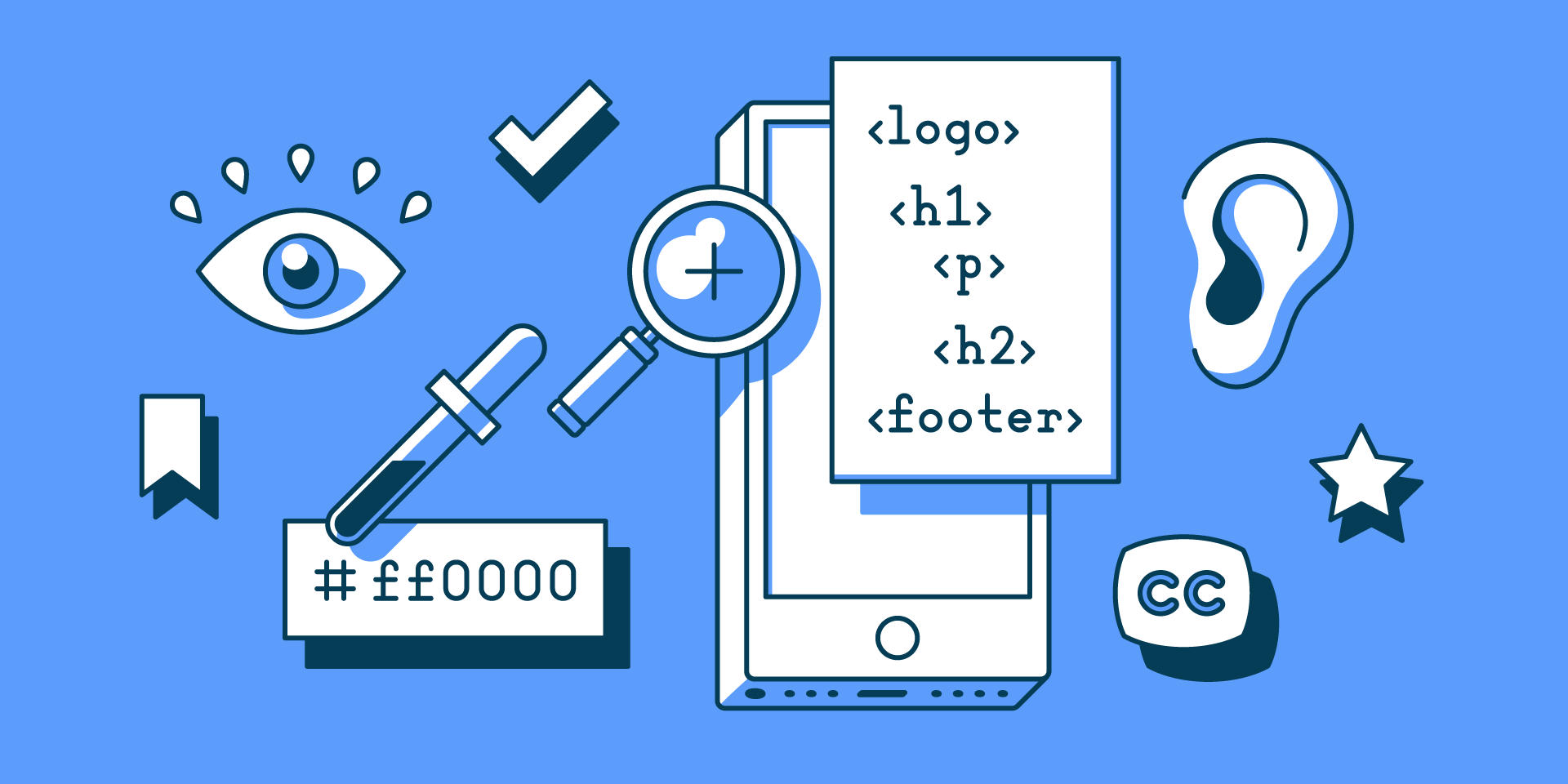In “Bridging a Digital Divide”, Cecilia Kang explores the digital
gap amongst students across the socioeconomic spectrum. The author presents data
and anecdotes that demonstrate how the digital divide maps onto class lines and
affects student performance in the classroom. As teachers rely more and more on
online homework and technology-based learning, students without access to the
technological tools necessary for success are either falling behind or struggling
to keep up with their more affluent classmates. “The Digital Divide Between
Poor Kids Is Not What We Expected”, written by Nellie Bowles, discusses the changing
trends in digital use in schools. High-income families and pricier private
schools are moving away from screens in the classroom. Researchers found that the
reliance on digital learning resulted in “tech-addicted children of middle and
low-income families”(Bowles). While the readings focus primarily on themes of socioeconomic
status and briefly touch on urban/rural differences, I would like to propose
another key issue in the digital divide discussion: ability.
Ableism is the background theme for our class this semester,
and this week’s readings offer useful information for us to analyze through the
lens of ability. In class, we defined “ableism” as the “discrimination in favor
of able-bodied people”. An example would be viewing disability as something
that needs to be fixed. While Bowle makes valid points about the less desirable
effects of technology – addictiveness, potential for danger, etc – technology
and digital accessibility are integral to full participation in many societal
arenas. A lack of access to the internet and digital tools negatively affects
someone’s access to educational opportunities, career advancement, and, in some
cases, social life. According to a published Letter to the Editor published in
response to another digital divide-focused New York Times article, “Digital
inclusion is a civil right”(Feingold). Do we
all have a right to digital inclusion? And is this synonymous with “digital access”?
Additionally, as much as schools increasingly rely on technology as a learning
tool, I wonder if they are investing as much thought into making sure these digital
tools and teaching practices are accessible for all students, regardless of
ability.
Technology is inarguably becoming an increasingly prominent
part of American life. Every day there is some new way to integrate technology
into a new part of our lives that never required it before. The
Internet/Broadband Fact Sheet we all read for class today demonstrated how
often we all rely on technology and digital tools. As the report was put
together by the Pew Research Center, I was surprised to see it included demographic-based
data for age, race, gender, income, education, and community, but failed to consider
ability as a key demographic group. According the Center for Disease Control
and Prevention, 1 in 4 US adults live with a disability. That’s roughly 60
million people. I think it’s time we all started considering disability more in
our discussions of technology, and schools are an important place to start.

Image: Light blue background with various icons of accessibility technology overlayed, such as closed captions and web accessibility code.
NYT Letter to the Editor:
Bowles, Nellie.
“The Digital Divide Between Poor Kids Is Not What We Expected.” New York Times, n.d. Accessed September 16, 2019.
“CDC: 1
in 4 US Adults Live with a Disability | CDC Online Newsroom | CDC.” Centers for
Disease Control and Prevention. Centers for Disease Control and Prevention,
August 16, 2018. https://www.cdc.gov/media/releases/2018/p0816-disability.html.
Feingold,
Laney. “Inequality and the Internet: Why Some Remain Offline.” New York
Times, August 19, 2013.
Kang, Cecilia.
“Bridging a Digital Divide that Leaves School Children Behind.” The New York
Times February 22, 2016.
Comments
https://academic.oup.com/jcmc/article/19/3/610/4067617